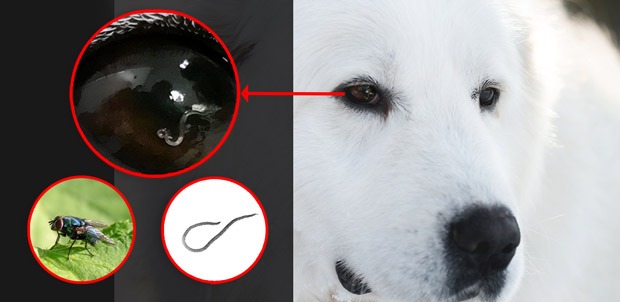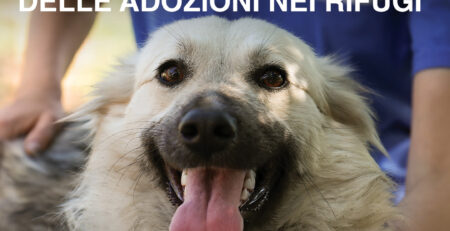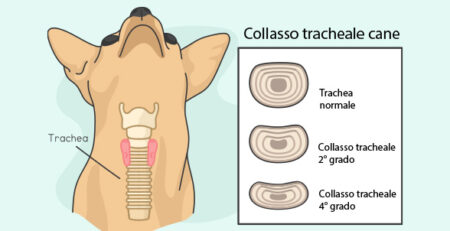Thelazia callipaeda is a small parasite that can settle and live under the dog’s eyelids inside the eye, near the lacrimal gland.
It is white in color, very thin and can measure from 7 to 19 mm. If not treated promptly, ocular Thelaziosis can cause severe infection and the production of a very high number of worms, which cause temporary or even permanent blindness in the animal. Typical of Asia and the Soviet Union, this emerging parasitosis is now spreading to Europe. Those most affected are those living in rural areas where fruit tree crops are present.
A fruit fly is the vector of the parasite
The most affected dogs are those living in rural areas, where fruit tree crops are present and where the vector responsible for transmitting the parasite, the male fruit fly, also lives Phortica variegata.
This insect feeds on the tear secretions of animals of domestic and wild carnivores such as dogs, cats, foxes but also rabbits. And it is on the surface of the eyes of these abnormals, usually under the third eyelid, that Thelazia callipaeda lives.
How worms form in the eyes: the life cycle of the parasite
It is in the host’s lacrimal secretions that the females of the parasite produce first-stage (L1) larvae. Feeding on infected tear secretions, the midge also ingests the larvae. Within the insect, the L1 larvae mutate into third-stage (L3) larvae, thus infecting. Subsequently, they migrate to the mouthparts of the insect and are released on the ocular surface of the definitive host precisely during the midge’s meals. When they hatch, the infecting larvae remain in the conjunctival sac of the eye for three weeks as they continue to grow. Transmission to the dog is typically seasonal because it coincides with periods of vector activity and thus, with sufficiently high outdoor temperatures.
Symptoms
Infested individuals may show a wide variety of disorders moreover attributable to other dog eye diseases:
- excessive tearing
- conjunctivitis
- involuntary contraction of the eyelids
- ulcers
- Inflammation of the cornea.
Diagnosis
If Thelaziosis is suspected, the Veterinarian proceeds with a thorough examination of the eye to reveal the presence of adult parasites in the dog’s conjunctival sac. If the parasite is present in an immature form not visible to the naked eye, it may be necessary to examine the tears under a microscope.
The treatment
Treatment of Thelaziosis involves applying a local anesthetic to the eye and mechanically removing adult worms. In addition, eye washings with sterile saline should be performed. It is important to combine targeted antiparasitic treatments that can interrupt to kill the larvae and interrupt their reproductive cycle so as to prevent further infestations in individuals living in at-risk areas. In humans, infestation is purely occasional. In case you realize that your dog has worms in his eyes, it is important that you contact your trusted veterinarian as soon as possible. Most importantly, do not try to remove the parasites yourself because you could irreparably compromise your dog’s eyes.
To take your dog or cat for a checkup, contact the veterinary doctors on our staff who are always available to you.
We would also like to remind you that Clinica La Veterinaria is always open h24 every day including holidays and with First Aid service from 8 pm to 8 am.











